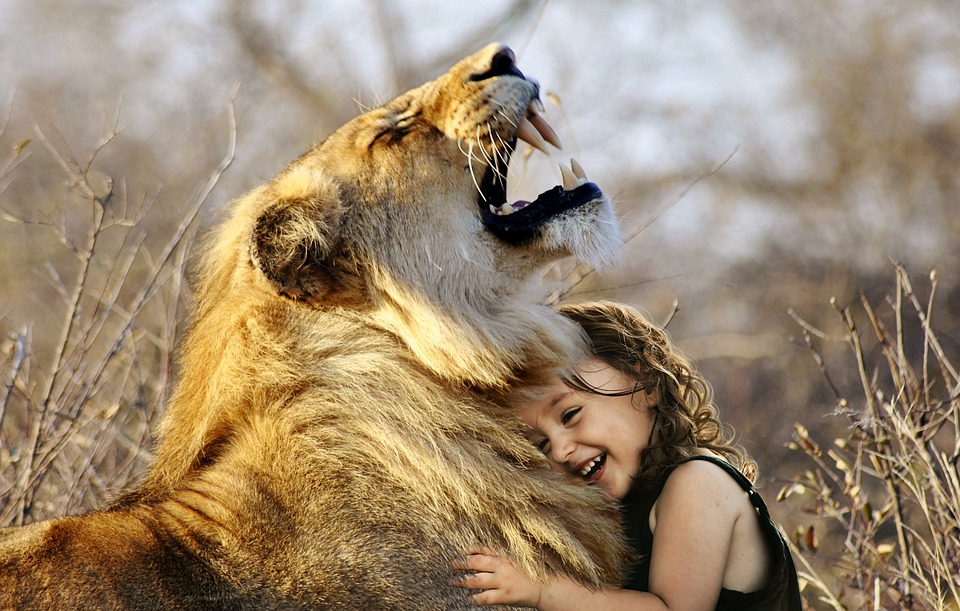Cats are known for their mysterious and intriguing behaviors. One of the most common forms of feline communication is meowing. While it may seem like our furry friends are just making random noises, there is actually a lot more to their meows than meets the eye. In this article, we will dive deep into the world of cat communication and explore the reasons behind their meows.
Cats are not naturally vocal animals like dogs, so when they do meow, it usually serves a specific purpose. Understanding the reasons behind their meows can help us decipher what our feline companions are trying to communicate. Here are some common purposes behind a cat’s meowing:
Requesting Attention
Cats often meow to get their owner’s attention. Whether they want food, to be let outside, or simply some affection, meowing is their way of expressing their needs. Paying attention to the context and pitch of their meow can give us clues about what they are trying to communicate.
Expressing Discomfort or Pain
Meowing can also be a sign that something is wrong with your cat. If they suddenly start meowing excessively or in a different tone, it could indicate that they are in pain or discomfort. It is essential to monitor their behavior and consult a veterinarian if the meowing persists or is accompanied by other concerning symptoms.
Seeking Interaction with Other Cats
Meowing is not only directed towards humans but can also be a form of communication between cats. Cats may meow to initiate play, establish territory boundaries, or signal their availability for mating. These meows can be quite different from the ones they use to communicate with humans, and understanding these distinctions can help decipher their intentions.
Every cat has its unique meow, and each meow can convey a different message. While it may take time to understand your cat’s specific vocalizations, here are some common types of meows and their meanings:
The Demanding Meow
This meow is often loud, insistent, and accompanied by pacing or pawing. Your cat is demanding something, whether it be food, attention, or playtime. Responding to this meow appropriately can help satisfy their needs and reduce their vocalization.
The Content Meow
A content meow is soft, gentle, and often accompanied by purring. Your cat is expressing happiness and contentment, usually in response to affection or a comfortable environment. Embrace these meows as a sign that your cat is content and feeling loved.
The Chirping Meow
The chirping meow is a unique sound that cats make when they spot prey, such as birds or insects. It’s their way of expressing excitement and anticipation. While it may sound cute, it’s crucial to ensure your cat’s safety and prevent them from hunting unsuitable prey.
The Warning Meow
This meow is typically low-pitched, harsh, and accompanied by growling or hissing. Your cat is signaling that they feel threatened or irritated, and it’s essential to respect their boundaries and give them space until they feel safe again.
Excessive meowing at night can be due to various reasons, including loneliness, hunger, or medical issues. Ensure your cat’s needs are met before bedtime, such as providing enough playtime, a comfortable sleeping area, and a regular feeding schedule. If the meowing persists, consult a veterinarian to rule out any underlying health conditions.
While you cannot entirely stop a cat from meowing, you can try to minimize excessive vocalization. Ensure your cat’s physical and emotional needs are met, provide interactive toys for mental stimulation, and establish a routine to help minimize anxiety. Positive reinforcement training can also help redirect unwanted meowing behaviors.
Every cat is unique, and their individual personalities, breed characteristics, and environmental factors can influence their vocalization patterns. Some cats are naturally more talkative than others, while some may meow less due to shyness or past experiences. Understanding and accepting your cat’s communication style is essential in building a strong bond.
A sudden change in your cat’s vocalization patterns can be a cause for concern. If your cat stops meowing altogether or exhibits other unusual behaviors, it’s recommended to consult a veterinarian. It could be an indication of an underlying medical condition that requires prompt attention.
Meowing is an essential part of feline communication, and understanding its purpose can help foster stronger bonds with our beloved cats. By paying attention to their meows, observing their behavior, and providing appropriate care, we can ensure our furry friends feel understood and content in their communication with us. Remember, each meow tells a story – it’s up to us to listen.








